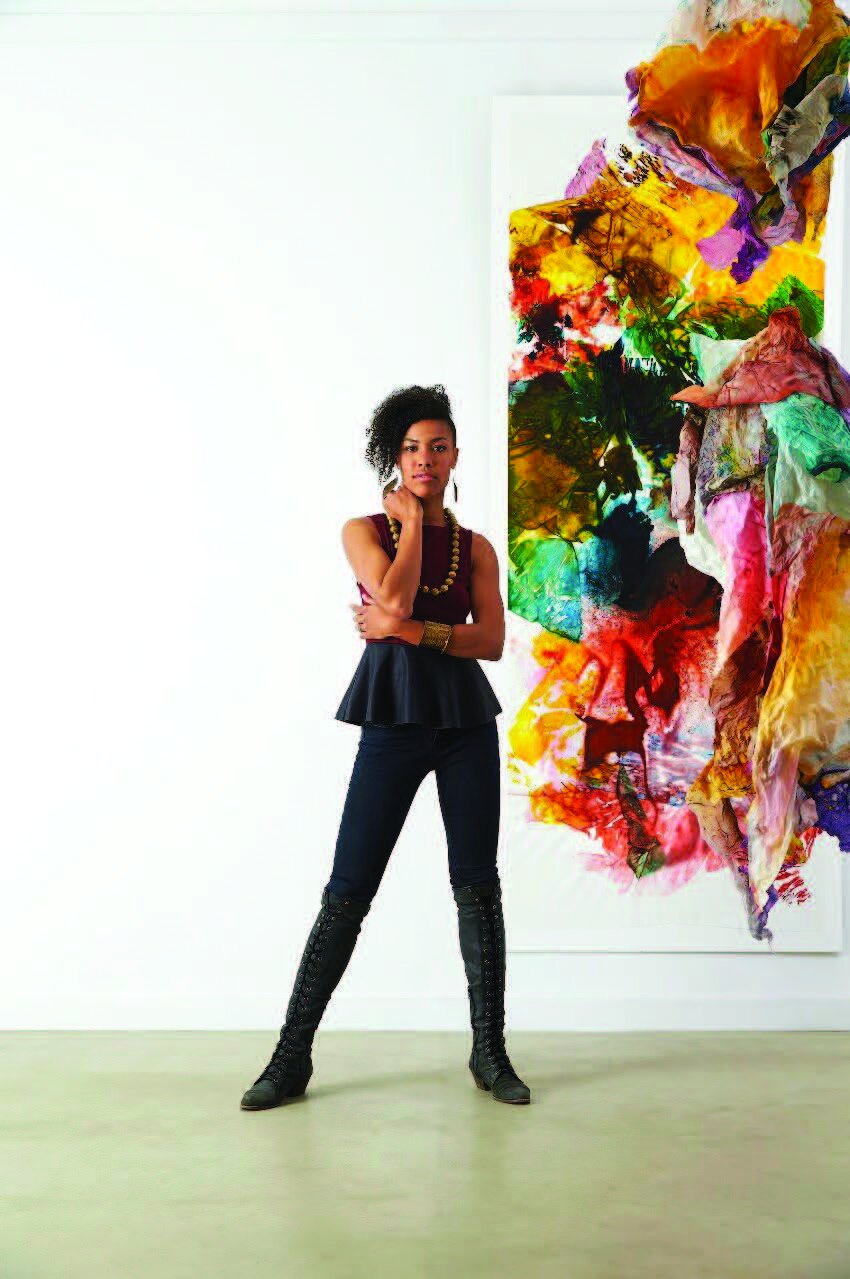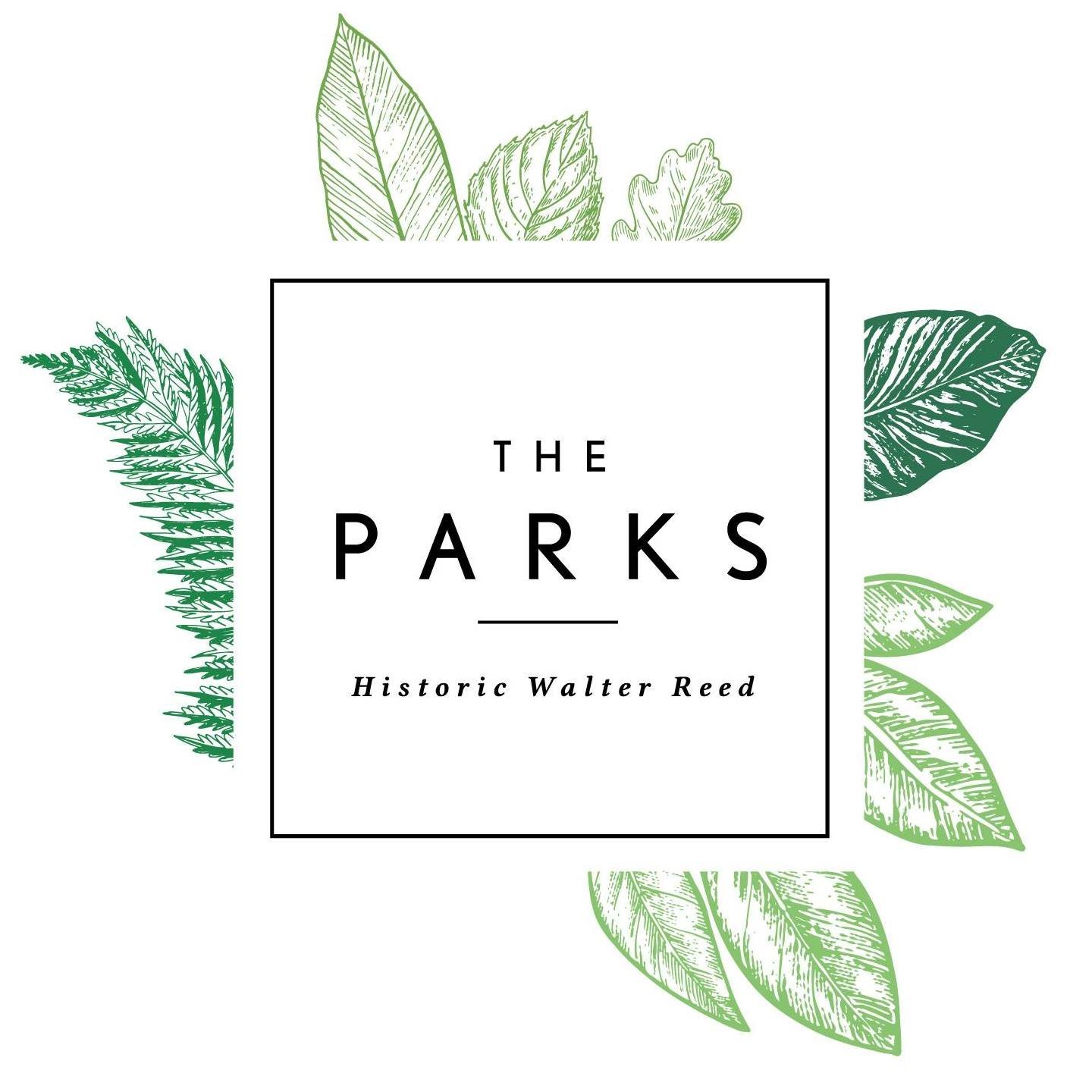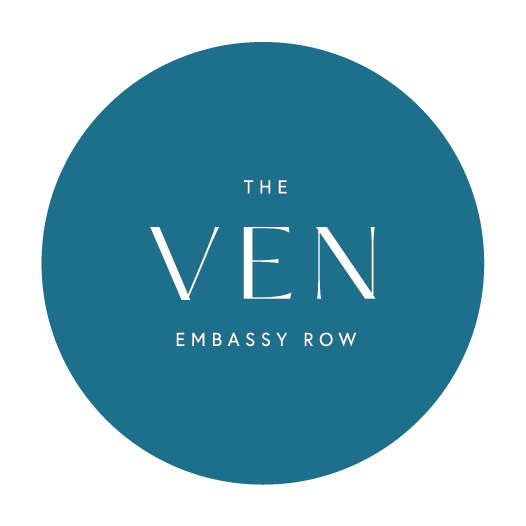mobile art gallery at the parks at walter reed
Peace by Piece by Maya Freelon
A large-scale tissue paper sculpture built with the community.
Mobile Art Gallery Attendance Details
Installation Dates: Saturday, Apr. 9 — Sunday, May 15, 2022
Closed Sunday April 17, 2022
Location: Arts Plaza at The Parks at Walter Reed, 6310 Cameron Drive NW (Get Directions)
Gallery Hours: Saturdays and Sundays from 12-5p
Gallery Admission: Free
Community Workshop Schedule
#1: Friday May 13, 5-7pm
#2: Saturday May 14, 12-2pm
#3: Sunday May 15, 12-2pm
Community Celebration: Sunday, May 15 from 3-5pm
Join CulturalDC for a family-friendly event, celebrating Freelon's Peace by Piece in the Mobile Art Gallery. All are welcome! Past workshop participants are encouraged to join the community in conversation.
Drinks, popcorn and popsicles from Maracas Ice Pops provided!
Music provided by DJ Jaz Dux.
Come see how we have worked together to build this amazing installation!
Installation and Artist Information
CulturalDC has commissioned acclaimed visual artist Maya Freelon for an evolving multidisciplinary installation. Freelon creates large-scale, colorful, tissue paper sculptures which are collaged together like a quilt and rooted in family tradition. The kinetic quilts resemble organic shapes which respond to viewers’ movement throughout the space. Peace by Piece is both a work of art and an invitation for viewers to engage with their own history.
In the Spring, Freelon will create a site-specific installation in CulturalDC’s Mobile Art Gallery, hosted by The Parks at Walter Reed. The sculpture will be collaboratively constructed during a series of workshops with Maya and communities in D.C. Over the course of the exhibition, audiences can witness the art growing and changing as people contribute to the quilt. Later in the year, the living sculpture will become part of an immersive and interactive exhibition featuring music, sound, and touch. The final work will feature a monumental sculpture composed of hundreds of thousands of pieces of tissue paper joined together by hand.
Maya Freelon is an award-winning visual artist whose work was described by the late poet Maya Angelou as "visualizing the truth about the vulnerability and power of the human being." She was selected by Modern Luxury Magazine as Best of the City; by Huffington Post as " Black Artists: 30 Contemporary Art Makers Under 40 You Should Know "; and by Complex Magazine as " 15 Young Black Artists Making Waves in the Art World ." Maya completed residencies at the Skowhegan School of Painting and Sculpture in Maine, the Korobitey Institute in Ghana, and the Brandywine Workshop in Philadelphia. She earned a BA from Lafayette College and an MFA from the School of Museum of Fine Arts , Boston.
Following the installation in the Mobile Art Gallery, the artworks from Peace by Piece will become an immersive backdrop for a theatrical reading of Toni Morrison’s DESDEMONA presented by IN Series Opera at CulturalDC’s Source Theatre.. Wrapped in the music of Nina Simone, Morrison’s work wrests narrative agency from Shakespeare, and gives it instead to the women of his play: Desdemona and Barbary, the African slave woman who raised her, performed by acclaimed international artist Claron McFadden. The two walk through the afterlife and finally approach understanding. DC jazz artist Janelle Gill leads an ensemble including viola da gamba legend Tina Chancey and Baltimore master African kora player Amadou Kouyate.




